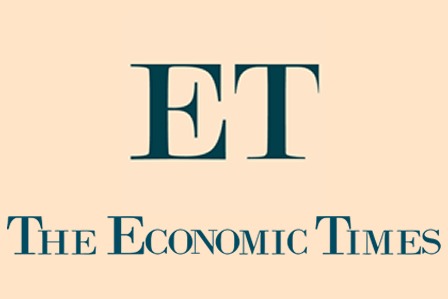I do hope that the economic pragmatists of the government win over the political pragmatists of the UPA
Future economic historians will probably remember 2012 and 2013 as the middle years of an extended post-global financial crisis era. Years that will be mostly remembered for tactical reasons such as the US presidential elections, central banks continuing to ease across the globe, the Chinese transition to a new but more-of-the-same regime, Europe continuing to trundle along at the edge of a recessionary cliff and the US trying its best to go over a manufactured cliff. Yet, as 2012 has come to an end, it behoves us to give it the importance that a full year in the history of the world deserves and reflect on what it meant. Similarly, we must endeavour to read the tea leaves and try to surmise what may be in store for us in 2013.
Globally, we spent most of the first half of 2012 wondering about Grexit and the impending collapse of the euro. The second half was all about the US elections. In between, European countries continued to be under severe pressure but managed to hang on, Chinese growth faltered a bit and then stabilised, the Fed launched QE3, equity markets gained from the flow of liquidity and commodity prices stayed mostly stable.
The India story was marred by corruption in governance, and the consequent rise and then irrelevancing of the mango people. The country slowed down and mid-fives became an acceptable phrase in our heretofore 8% and 9% economic vocabulary. We received a disappointing Budget and words such as Gaar and retrospective taxation became the norm. We then had a merciful kicking upstairs and a back-to-the-finance ministry of PC (the acronym does not stand for what you do at parties). Massive elections in UP that now seem to be going down the Tamil Nadu way in terms of change of guard at every election. But probably the more consequential elections happened at the end of the year where Namo returned for the fourth, and probably final, time as CM and, thus, cemented his place as the BJP front-runner for PM.
And thus we start 2013. Globally, it looks like more of the same as 2012. Growth-wise, the received wisdom is that the US will continue to chug along at a sub-par 2% or thereabouts. Europe will stay flat but survive and China will stay at its moderate growth path of 8-9%. Emerging Asia will do well and provide what little growth momentum there will be in the world. Politically, there are no major transitions coming up save at the Fed, but with Bernanke having moved to unemployment targeting, chances are that the Fed, and most central banks around the world, will stay its own course. Global liquidity will continue to be benign as a bulwark against unwarranted economic shocks and this will keep equity markets in a buoyant mood. Asset bubbles might appear in select asset classes such as those happened in 2012 in high-yield bonds or a currency or two (Swiss francs) — and investors will need to be wary of these.
Which brings us to India. Surprisingly, the picture for India is not as broadly predictable. We could go down two entirely different paths in 2013. The first path assumes that the government continues its new-found reform momentum and chooses the path of fiscal correction in line with its stated long term deficit-reduction plan. The Reserve Bank of India (RBI) cuts interest rates by 50 bps at its January meeting, and continues with another 50-bps cut later in the year. Interest rates go down, investment cycle begins to revive, consumer durables consumption also picks up and green shoots of growth begin to appear.
Supply-side bottlenecks begin to ease, inflationary pressures come down and government stops crowding out other borrowers, allowing the credit cycle to loosen up. The Cabinet Committee for Investments gets down to business in right earnest and starts finding solutions for projects stuck across different sectors. We start the first part of the year with a 6%-type growth rate and end with numbers closer to 7% and fresh optimism for 2014-15, notwithstanding the elections due in 2014.
The second path is the more traditional one. This is the path where the government;s new-found enthusiasm for belated reforms wanes as suddenly as it waxed, and the government returns to business as usual, which in effect means no business at all. The Budget that is presented in February is as tepid as the previous one, and as populist. Minor cuts in the deficit, mostly cosmetic in nature, do nothing to excite the RBI or the credit markets and, after the January rate cut, the RBI holds its fire. The Cabinet Committee on Investments is stillborn and the government returns to its comatose ways.
Projects stay stuck, NPAs mount and reduce the banking system;s appetite for further loans. Interest rates and inflation both stay high, the investment cycle continues to be moribund and the lack of excitement means that consumers do not go shopping either. In this scenario, we start the year with 6% and meander down to 5%. Political rhetoric gets more and more shrill and all eyes are focused only on the elections round the corner as we end the year.
I would hope that we go down the first path but experience informs otherwise. I do hope that the economic pragmatists of the government win over the political pragmatists of the UPA. There is even a third path — that is a heavily populist Budget in February followed by a snap poll shortly thereafter — in which case, of course, all bets are off!
Source: Economic Times



